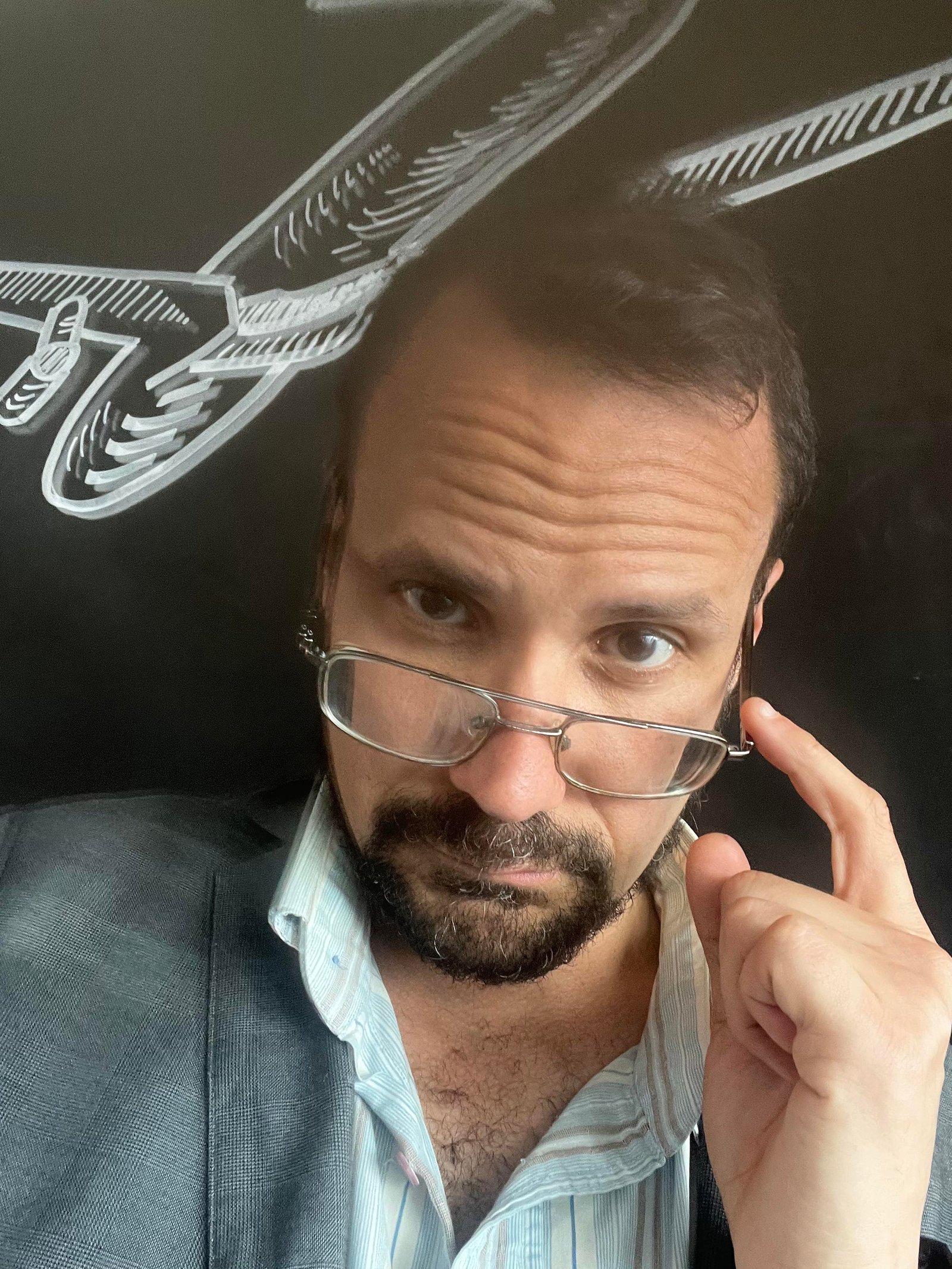




QUICK AND DIRTY: LIVE FROM BERLIN
Charles has unexpectedly passed away. His widow, who also happens to be the theatre director, relays the task of directing his latest play to Jeanine (Amanda Seyfried), a young actress with no directorial experience and one of his former students. The piece is a reimagining (the term “remount” is the film’s preference) of Richard Strauss’s 1905 opera Salome, which on its turn in based on the eponymous play by Oscar Wilde. It tells the story of the biblical character Salome, who ordered her stepfather Herod Antipas to behead John the Baptist so that she could finally kiss his lips. The first crime of passion in the Holy scriptures, the movie alleges.
Atom Egoyan’s 18th feature film combines not only opera, theatre and cinema (with the play-within-the-film metafictional device), but also a number of subplots. Jeanine’s husband Paul (Mark O’Brien) lives with his mother-law, an old woman suffering with dementia and with whom Jeanine has a turbulent relationship. Jeanine communicates with them via video presumably because the new work commitment forces her to move. She suspects that Paul is having an affair with her mother’s caretaker, a beautiful brunette called Dimitra (Maia Jae Bastidas). Jeanine’s father passed away a year earlier, and she has some creepy recollections of her childhood (the late man liked to film his daughter walking blindfolded in the woods).
The play rehearsals are held at the sumptuous Canadian Opera Company building in Toronto. Salome is played by highly professional Ambur (Abur Braid), while John the Baptist is played by the arrogant and intransigent Johannes (Michael Kupfer-Radecky). Clea (Rebecca Liddiard) is the art director in charge of creating the head. She opts for a sculpture (instead of a mould of Johannes’s head), a decision that she will later regret. Jeanine often interrupts the rehearsal in order to provide instructions to the actors (as any director would), however her interjections often draw disapproval from the cast and crew. Johannes refuses to abide by the most banal of directorial notes. The young woman has an uphill struggle ahead before she earns everyone’s trust and respect. Management is very concerned with the “minor” changes that Jeanine has proposed, insisting that the late Charles should sign the Director’s Statement, and that the original script gets touched as little as possible. Jeanine’s urge to make adjustments increases as she realises that Charles’s script has a very morbid connection with her own life, namely the strange videos of her blindfolded in the forest.
In the second half of this 109-minute story, the 63-year-old Canadian director injects into the story the topics of sexual abuse both at the workplace and at the home. The objective is to make an overarching statement (straddling cinema, theatre and the domestic environment) about consent and complacence. In other words, inserting the principles and the values of #MeToo into the nearly 120-year-old opera. A noble intention, if not specially well executed.
Despite strong performances from the actors/singers and the impressive mise-en-scene, it takes time before Seven Veils enraptures viewers. The story plods along in the first half an hour, only to take off in many directions. There are way too many intersections. The two rape subplots are timid and clunky, and nothing comes full circle at the end of the story. There is no resolution, no redemption and no reflection. Seven Veils is so concerned with creating a multithreaded narrative, and drawing metalinguistic parallels between fiction and reality that it forgets to raise pertinent questions about the topic that it chose to address. This is an entertaining movie to watch, however with nothing new to say to victims of sexual abuse.
Seven Veils showed at the Berlinale Special Gala, in the 74th edition of the event. The film premiered last year at Tiff (just a few blocks away from the Opera building where most of the story takes place).





















